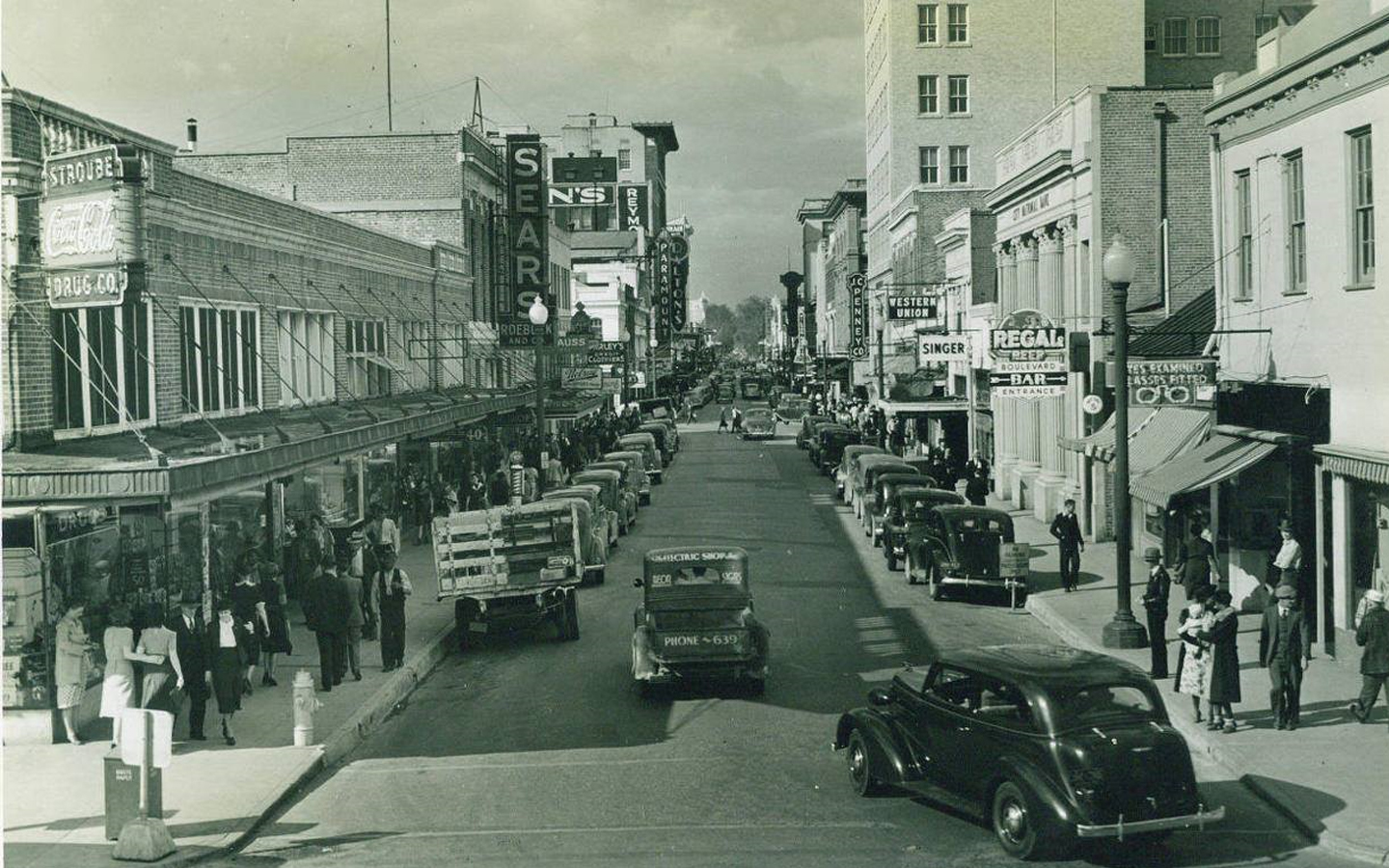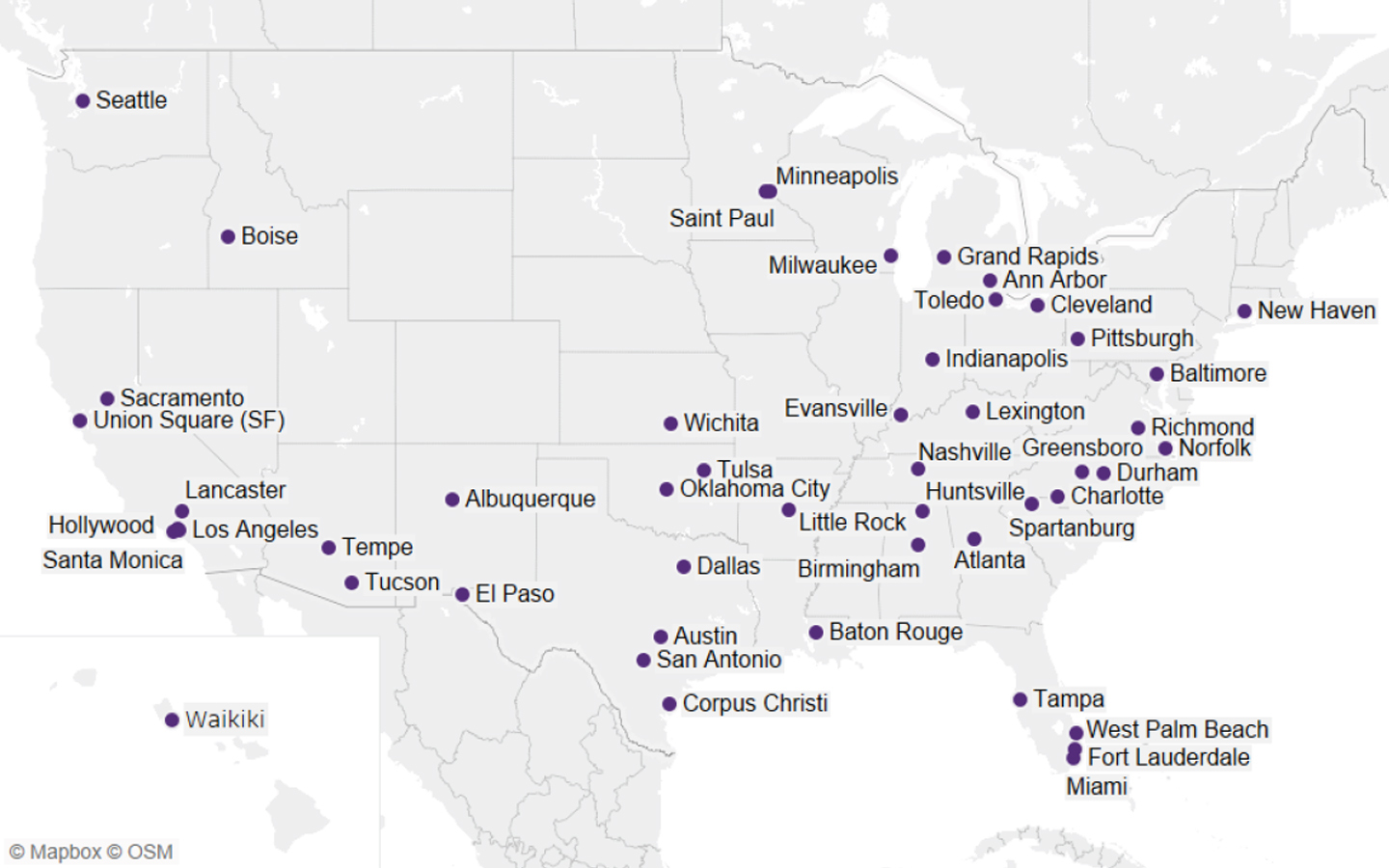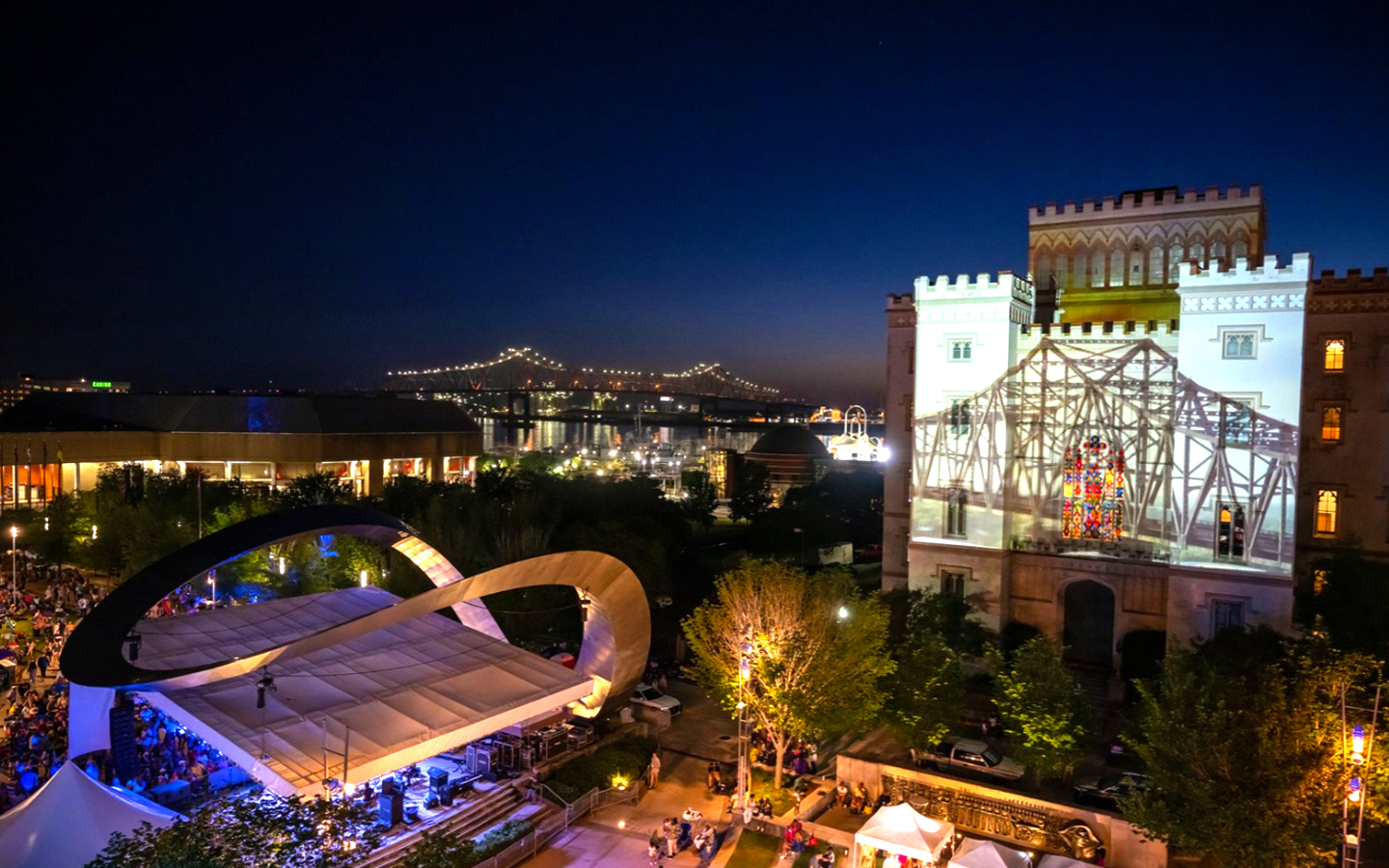Downtown Breakdown: IDA Value Report 2023
The Downtown Development District, in partnership with the International Downtown Association, has released The Value of U.S. Downtowns and Center Cities, Calculating the Value of Baton Rouge, LA Report. The report offers us insight into how we are performing compared to our downtown counterparts using over 150 data points.
The document highlights demographics, statistics, and other resources meant to provide a common set of metrics to communicate the value of downtown. Drawing from over 150 key data points encompassing Economy, Inclusion, Vibrancy, Identity, and Resilience, the report designates Downtown Baton Rouge (DTBR) as an "emerging" downtown, brimming with substantial growth potential. Whitney Hoffman Sayal, DDD Executive Director, breaks down key points from the study and how it informs us moving forward in a multi-part series.
What makes this study significant?
Despite a relatively small share of a city’s overall geography, downtowns deliver significant economic and community benefits across both the city and region. They serve as the epicenter of commerce, capital investment, diversity, public discourse, socialization, knowledge, and innovation. In short, the proximity and density that downtowns across the country create, drive the cities around them to thrive.
The DDD embarked on this study with the IDA to:
1) Showcase the value of downtown to the overall Baton Rouge community.
2) Prove the success of our office’s efforts over the past few years.
3) Identify areas in need of improvement to continue the revitalization momentum seen over the last few years. Because our journey is far from over.
Downtowns are constantly evolving to adapt to changing societal shifts, but they are forever the center of our cities’ commerce and culture – our cities’ identity. They began as trading posts and business centers with closely adjacent neighborhoods, but following the suburban lifestyle trend, introduced in the 1940s and exploding in the 1960s, downtowns suffered neglect and abandonment. Through efforts by organizations like ours and our dedicated partners and stakeholders, downtowns around the globe have worked to regain their significance and support the communities grown around them.

Image: Historic Third Street | Downtown Development District
How are downtowns categorized and who are our counterparts?
Although the size and scale of downtowns vary throughout the country, they are all the epicenter of community and regional activity. We all have similar focuses, challenges, and opportunities. The IDA Downtown Value Study identified three tiers of districts, defined by their stage of development; established, growing, and emerging.
These tiers are defined by the significance of their density of population and jobs, assessed value per square mile, rate of population growth from 2000 to 2021, and rate of job growth from 2002 to 2020. Downtowns with the greatest density and share of citywide resources are classified as established. Growing and emerging tiers are placed based on how quickly they are moving toward the established level.

Image: Value of Downtown Participants | International Downtown Association (IDA)
Downtown Baton Rouge is categorized as emerging.
Example cities from the three categories are:
Established: Baltimore, Miami, Minneapolis, Pittsburgh, San Francisco
Growing: Austin, Dallas, Cleveland, Sacramento, Indianapolis, Charlotte
Emerging: Tulsa, Oklahoma City, Toledo, Tampa, Wichita, Baton Rouge
What did we learn from the study?
The data-driven IDA Downtown Value Report shows that the revitalization efforts guided by our community-driven master plans, primarily Plan Baton Rouge I and II, have brought us success and laid a solid foundation to build upon. Downtown now has a growing residential and visitor base, and the employment sector remains stable despite the impacts of COVID-19. We have experienced remarkable growth, but there is significant potential for more.

Highlighted Data Points from the Study
➊ DTBR property values are 2.5 times higher than parish-wide averages, the denser the area, the higher the value.
➋ DTBR’s residential population grew 16% from 2012-2021, outpacing the parish’s growth of 4%. In the Central Business District, there has been a significant increase in young professionals (25-34) and empty nester age groups (40-60).
➌ DTBR is comprised of a diverse group of neighborhoods/areas, including the Central Business District, Water Campus, Capitol Area, City Center, Beauregard Town, Spanish Town, Downtown East, and South Baton Rouge (sometimes referred to as Old South Baton Rouge).
➍ Disparities exist between the areas, primarily due to the dividing presence of interstates 10 and 110.
➎ DTBR has a high bike (66) and walk score (79), significantly exceeding city averages.
➏ DTBR has a low-density score of 4, other emerging downtowns are more than twice as dense. This indicates great growth potential.
➐ DTBR is notable for its diverse population in both age and race. It has a balanced distribution of age, with the majority of Black/African American residents, and the majority of White/Caucasian workers.
➑ DTBR’s cultural amenities and events contribute to its vibrancy and economic growth.
➒ DTBR residential, office, and hotel occupancy rates are higher in comparison to other areas of the parish.
How does this inform us moving forward?
The IDA Downtown Value Report, rooted in data analysis, provides us with crucial insights to direct our efforts moving forward. Fortunately, a significant portion of the data aligns with initiatives already in motion by the DDD. As we push forward with these initiatives, we remain steadfast in our commitment to advocacy, fostering ambitious aspirations, and planning strategically to enhance downtown's role as a vibrant center of commerce and culture.
Join us on this exciting journey, and stay tuned as we explore the report data further, shaping our next dream for downtown together.

Image: Galvez Plaza during Ebb & Flow Fest 2023 | Wesley Faust
